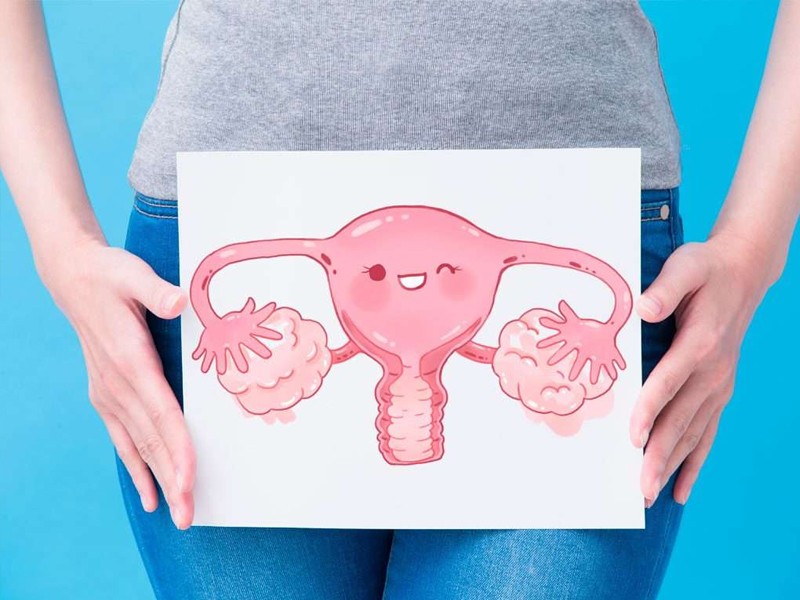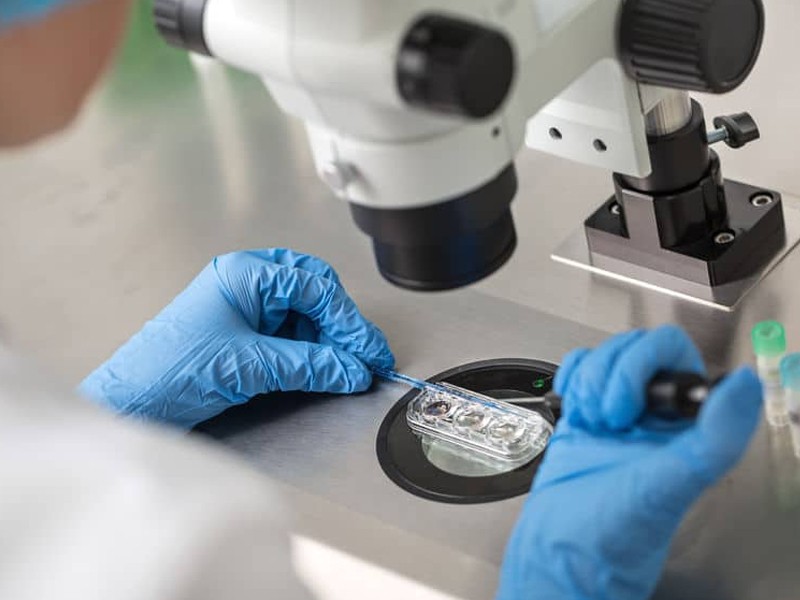Preimplantation genetic diagnosis (PGD)

Every couple who is planning to become parents, dreams that the child is healthy. In the IVF and ICSI programs, a special analysis is done that allows you to identify the genetic diseases of the unborn child at the earliest stages of development. This analysis is preimplantation genetic diagnosis.
Features of the PGD procedure
To avoid the risks of developing genetic diseases in a child, future parents need to be screened for the presence of genes with pathologies. Preimplantation genetic diagnosis (PGD) is an advanced technology that makes it possible to check the fetus for any genetic pathologies before transferring it to the female body. Such an analysis of the formed embryo reveals a large number of hereditary abnormalities, in which there is a change in the gene responsible for the disease.
Regardless of hereditary genetic pathologies, PGD is recommended if:
- one of the intended parents has a genetic disorder that is inherited in an autosomal dominant manner. In this case, the disease manifests itself in half of the children
- the intended mother is a carrier of a gender-related genetic disease. It manifests itself in 50% of children
- both parents have genetic pathologies that are inherited in an autosomal recessive manner. In this case, the disease manifests itself in 25% of children
For preimplantation diagnostics, special, high-precision equipment is used. There are two main types of diagnostics that are used in PGD:
- to determine the imbalance of chromosomes, a special fluorescent microscope is used;
- to identify gene mutations, the polymerase chain reaction method is used, which examines DNA.
Who needs analysis?
Diagnosis of hereditary abnormalities using PGD is carried out not only in IVF programs. This technique has been shown to be effective for recurring problems with carrying a child.
Therefore, the PGD analysis is recommended for:
- women over 35 years old;
- patients suffering from repeated premature termination of pregnancy;
- families who failed to get pregnant after one or more IVF procedures;
- couples with possible genetic disorders;
- families in which there are already born children with genetic abnormalities.
Studying the genetics of the embryo makes it possible to identify hereditary pathologies and stop their transmission in the family, minimizing the risks of having a child with deviations. When deciding to conduct PGD, it should be took into consideration that it requires a complex work of doctors using expensive materials and equipment, so the price of analysis is quite high. However, the money invested cannot be compared with the amount of funds required for the rehabilitation and treatment of children with genetic diseases.
How does PGD work?
Diagnostics is performed on the 3-5 days after conception. One or more cells are taken for analysis. The embryo at this time has a total of six to eight ones. Such manipulations do not harm the unborn baby, since the blastomeres at this time do not yet perform any specific functions and therefore are safely replaced during the division process. The embryologist performs a biopsy of the reduction corpuscle, blastomere or trophoblast. The procedure makes it possible to choose exceptionally healthy embryos for transfer to the uterus, due to which, in the future, there is no need to terminate the pregnancy artificially due to hereditary anomalies.
Success of preimplantation diagnosis
Nowadays, PGD is the only test that is able to identify possible chromosomal abnormalities in the embryo.
It has many important benefits:
- reduces the percentage of the possibility of having a child with a chromosomal disease;
- reduces the risk of miscarriage;
- it becomes possible to select healthy embryos for future implantation;
- halves the percentage of occurrence of multiple pregnancies;
- improves the success rate of embryo implantation (10%);
- increases the chances of a safe childbirth.
This technique is positioned as an alternative to diagnostic procedures that are used after conception (amniocentesis or chorionic fiber biopsy). After they have been carried out, if deviations are found, it is often necessary to make a difficult decision to terminate the pregnancy, which negatively affects the emotional state of the patients.
What are the risks of PGD?
With all the positive aspects, PGD has its drawbacks. The procedure gives 95-97% reliability and cannot be a complete substitute for prenatal diagnosis.
In addition, there are such risks:
- the possibility of accidental damage to the embryo (the probability is less than 1%);
- erroneous diagnosis (up to 10% of cases).
The analysis can show false results, both positive and negative.
Conclusion
Modern medicine does not stand still. There are more and more opportunities to manage the birth process and adjust the health of future children. Existing techniques make more and more married couples happy, fulfilling the dream of being a parent of a healthy child.


